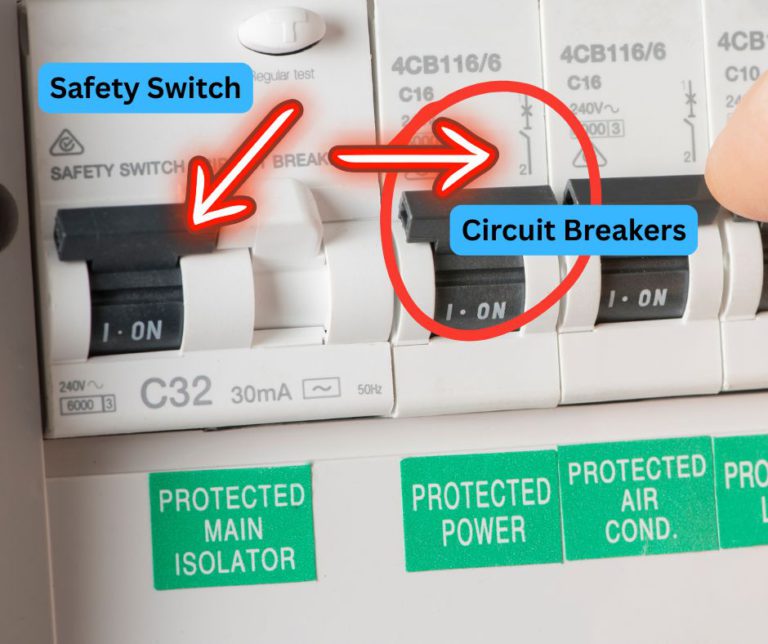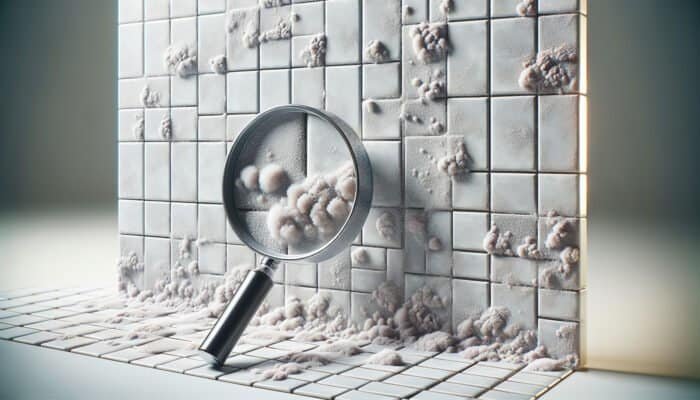Discover the Essential Function of Safety Switches in Protecting Your Home
Without safety switches, often known as RCDs or Residual Current Devices, your home remains exposed to significant risks, lacking a crucial automatic safety mechanism that guards against electric shock. In the unfortunate event of an electrical failure, the power may not disconnect promptly enough, placing you at risk of severe injuries or even disastrous fires. In Victoria, legislation now mandates that all final circuits in residential properties be fitted with safety switches, greatly improving safety and mitigating the likelihood of accidents.

Explore the Functionality of Switchboards and the Indispensable Role of Safety Switches
Safety switches are integral components of your home’s electrical framework. If your switchboard lacks these essential protective devices, you are significantly jeopardising your safety. This concern is particularly pressing in older homes in suburbs like Footscray, Braybrook, and Yarraville, where numerous long-term residents have not modernised their electrical systems for an extended period. While older fuse boxes with ceramic fuses, cotton-wrapped wiring, or basic breakers may still function, they do not offer adequate protection against electric shock or other electrical dangers that could threaten the well-being of you and your family.
Understanding the risks posed by outdated electrical systems is critical for safeguarding your household. Regular maintenance and inspections can help ensure the reliability and safety of your home’s electrical setup.
1. In-Depth Look at What a Safety Switch Is and How It Operates
A safety switch, commonly referred to as a Residual Current Device (RCD), continuously monitors the electrical flow in real-time. If it detects a current leak—perhaps due to a damaged wire or human contact—it will disconnect the power in mere milliseconds. This rapid response is what makes safety switches vital for preventing serious accidents. Unlike traditional fuses and breakers that trip due to overload, safety switches are designed to activate in response to hazardous conditions, ensuring the highest level of safety for you and your loved ones.
2. Step-by-Step Guide to Determine if Your Home Has Safety Switches Installed
To verify whether your switchboard is equipped with safety switches, you should open the panel and look for specific indicators, which may include:
- Labels clearly indicating “Safety Switch”
- Labels denoting “RCD”
- A TEST button present on the circuit breaker
If you cannot find a test button on any of your breakers or if your switchboard still contains outdated ceramic fuses, it indicates that RCD protection is likely missing from your home. This critical information is elaborated further in our comprehensive Switchboard Upgrade Services.
3. Identify the Dangers of Not Having Safety Switches Installed in Your Home
Heightened Risk of Life-Threatening Electric Shock
If your home is missing a RCD, the risk escalates significantly. When a live wire makes contact with a person or a conductive material, the electrical current remains active, resulting in a perilous situation. This scenario is extremely dangerous, as neither the fuse nor the breaker will trip quickly enough to prevent a serious electric shock, endangering lives.
Insufficient Protection Against Faulty Appliances
Household appliances, such as a malfunctioning toaster or washing machine, can leak current, electrifying nearby metal surfaces and leading to severe injuries. Fortunately, RCDs are specifically designed to promptly detect these dangerous faults, providing essential protection that could potentially save lives.
Non-Compliance with Modern Safety Regulations
All homes built or renovated after 1991 in Victoria are legally required to have safety switches installed on power circuits. By 2007, this requirement extended to lighting circuits as well. For detailed guidelines, refer to the Energy Safe Victoria documentation to ensure your compliance with current regulations.
4. Key Indicators That Your Switchboard Is Outdated and Unsafe
- Lack of “TEST” buttons on any of the breakers
- Presence of outdated ceramic fuses
- Power outlets that emit buzzing sounds or feel warm to the touch
- Single circuit servicing the entire household
- Insufficient space for adding additional breakers
- Frequent flickering of lights or circuit tripping when multiple appliances are in use
If you notice any of these warning signs, we strongly recommend visiting our switchboard service page. Our experienced team can conduct a thorough inspection of your switchboard and provide you with an immediate, detailed quote for any necessary upgrades.
5. Detailed Outline of Our Switchboard Upgrade Process
During our comprehensive upgrade procedure, we will:
- Conduct a thorough inspection of your existing switchboard and electrical circuits
- Remove any outdated ceramic fuses or breakers to significantly enhance safety
- Install advanced RCBOs that combine both circuit breaker and safety switch functionalities
- Clearly label each circuit for ease of identification and access
- Provide a Certificate of Electrical Safety upon successful completion of the upgrade
- Coordinate any necessary temporary power shutdowns to ensure safety throughout the process
Moreover, we can strategically distribute lighting and power across separate circuits, greatly enhancing both the safety and efficiency of your home’s electrical system, making it more reliable for daily usage.
6. Evaluating the Necessity for a Complete Replacement of Your Switchboard
In many cases, the answer is indeed yes. Simply adding safety switches to an older switchboard may not be the safest or most effective solution. We often recommend a complete switchboard replacement if:
- You are still relying on outdated rewireable fuses
- Visible signs of overheating or corrosion are present
- You intend to incorporate more circuits or electrical appliances within your home
- Your insurance provider requires a compliant switchboard for coverage

Common Questions Regarding Safety Switches
Are safety switches required by law?
Yes, safety switches are a mandatory requirement for all newly constructed homes and during any major renovations. Older homes must have these devices installed whenever significant electrical work is performed to ensure safety and compliance.
How often should safety switches be tested for functionality?
It is recommended to test safety switches every three months. Simply press the TEST button to check that it trips as intended. If it fails to trip, this indicates a malfunction, necessitating prompt replacement to maintain safety.
Can I keep my old fuse box and just add one RCD?
While this is technically possible, it is seldom advisable. Older fuse boards are not designed to provide adequate protection against the complexities and demands of modern electrical circuits.
Will my power supply be temporarily interrupted during the upgrade?
Yes, there will be a temporary interruption in your power supply during the upgrade process. However, we will strive to minimise downtime and coordinate with your energy distributor to ensure a seamless transition.
Improve Your Safety and Compliance with a Switchboard Upgrade Today
Operating your home without safety switches significantly increases the risks associated with electrical faults. A single electrical fault could lead to serious electric shock, fire hazards, or potentially fatal outcomes that could threaten lives.
We specialise in efficiently upgrading your switchboard, ensuring it meets all safety standards with complete certification. This guarantees that your home is compliant with contemporary safety regulations rather than relying on outdated practices that may no longer be safe.
Explore our Switchboard Upgrade Services in Melbourne for further details and to arrange your upgrade.
No Safety Switches on Your Switchboard? Here’s Why That’s Not Safe
The Article: Safety Switches on Your Switchboard: Why They’re Essential first appeared on https://writebuff.com
The Article Essential Safety Switches for Your Switchboard Was Found On https://limitsofstrategy.com









